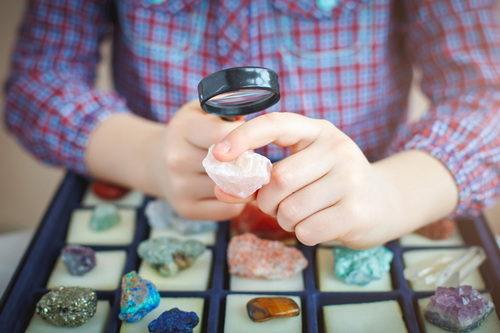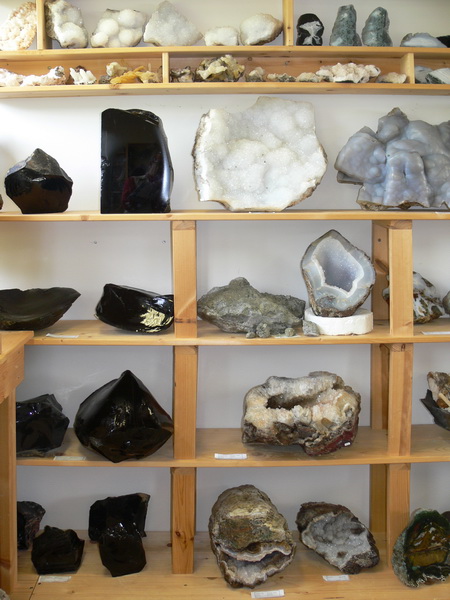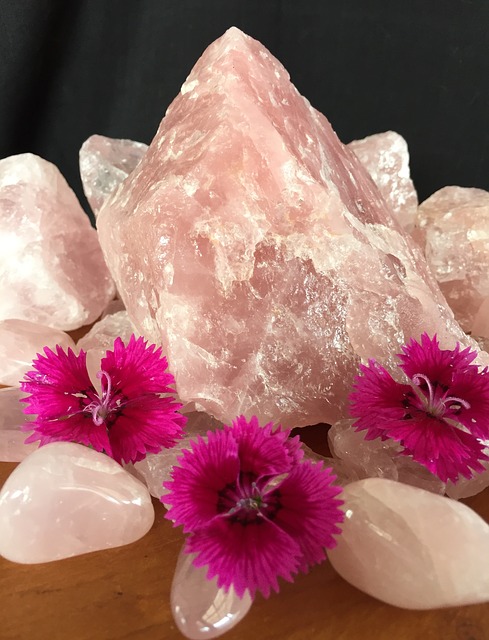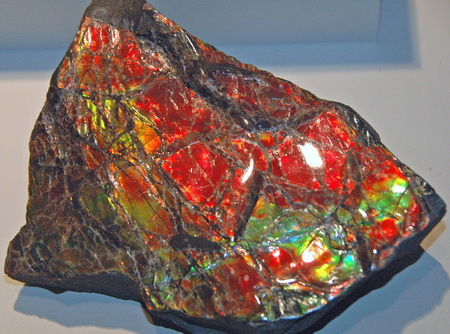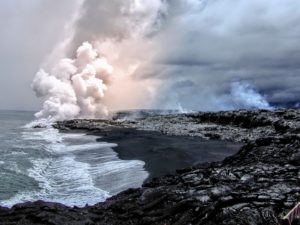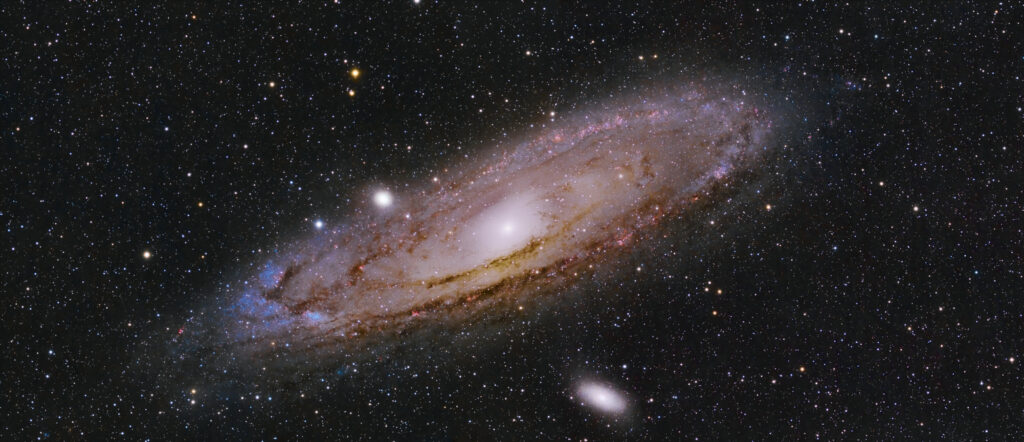
Gemstones have always been a valuable commodity and there is no reason why they won’t continue to be so in the future. If you’ve got your hands on the right stones, similar to gold, their price will rise even when the economy is falling in shambles. If you’re planning to invest your money in something valuable, gemstones might be a good place to be, because there will always be people who’re willing to purchase them!
One common misconception is that only people who have a lot of money can purchase them and take advantage of the excellent returns they’re known to be associated with. However, the truth is that you don’t have to have deep pockets to step into the world of gemstones. Anybody can invest in minerals, provided that they have enough knowledge, time and patience. Gems might not change your financial portfolio overnight, but your patience may pay off.
While investing in gems is definitely worth it, the greater benefit comes to those who follow a set of guidelines. This blog talks about some of the important things that you need to know.
How To Get Started Collecting Gemstones
Before you can start investing, you need to have clarity about the extent you want to be involved in. Depending on that, there are two ways you can do this.
Hands-On Approach
In the hands-on approach, you’ll be involved in the process yourself. You do everything yourself. You’re the investor who buys the gemstones and holds the asset, and it is you who sells them later and earns a profit. The good thing about being involved yourself is that you have maximum control over the amount of profit that you make and the gems that you deal in. However, the downside is having the hard asset in your ownership puts extra work and costs on your shoulders, including the cost of insurance.
Hands-Off Approach
You always have an option to invest in gemstones through a proxy. You can invest in stocks of a mining company and enjoy a share in the profit. In this type of approach, you don’t have to have the gemstone in your possession. It is the best option for people who do not have the time to buy, sell and look after the hard assets themselves. With the hands-off approach, you can even diversify your investment portfolio and invest in multiple gems in stocks and stock funds.
Top Rules for Making Most Out of Your Gemstone Investment
Like we mentioned above, following certain guidelines can increase your chances of making great profits. Like any other investment, you can’t expect returns if you don’t do the right things. Let’s have a look at the top rules that you must follow if you’re stepping in the world of gemstones.
Buy Right
The first and the most important rule when it comes to investing in gemstones is to buy them correctly. You don’t necessarily have to purchase the expensive, high-end minerals for maximum profits. You can earn significant profits from cheaper gemstones. The key is to buy the right ones. The cost basis of the gemstone you’re investing in should allow a built-in profit on the day you acquire it. You must secure a margin of safety. The largest factor that determines how good a profit you’ll generate is paying the right price. You should have ample knowledge of the minerals that you’re buying. You should have the basic knowledge of how to deal with them. The key here is simple – to buy the right gemstones, so make sure you do the necessary research.
Avoid Bad Buys at All Costs
You won’t be lucky all the time. The chances that you’ll end up with a bad buy are always there. Although the rule is to avoid bad buys at all costs, what is it that you should do in case you do end up buying the wrong gemstones?
If you end up buying the wrong gemstones, you shouldn’t hold on to it in hopes that it will give you a good return any time in the future. A bad buy today will be a bad buy, even after years. As a rule, the value of gems increases with the rate of inflation. Hence, a bad buy today might never turn into a good asset. Therefore, your priority should be to sell it off as soon as possible. Finding a buyer is always more difficult. However, if you hang in there, you might be able to sell it off at an inflated rate.
At times, a gemstone that is high in demand today may suffer a major hit in the future. A great buy may turn into a bad asset later. For example, back in the day, blue topaz was a highly rare and demanded gemstone. However, in the 1960s, a technique was introduced that could convert originally white topaz into blue ones. As a result, blue topazes became readily available, and there was a massive drop in its value. Therefore, when you’re investing in gemstones, you need to have enough knowledge that you can predict the future to some extent.
Find Your Own Buyers
Unless you own a gem-related business, you aren’t likely to get a retail price for your gemstones. You need to look for your own buyers, like jewelry dealers and auctioneers who’re most likely to pay a full wholesale price for the gemstones. How skilled you’re at selling makes a significant difference here. If you’re weak at selling, we suggest you not to invest in gemstones. Selling gemstones doesn’t come easy!
Consider Markup Before Investing
You might believe that higher-priced gemstones will give you greater returns, but you’ll be surprised to know that lower-priced gems have a higher markup as compared to the expensive ones. The markup is usually five times or more in the case of lower-priced gems. As with more expensive ones, the markup is usually three times the wholesale rate. Therefore, another important rule to keep in mind is to consider the markup before investing in any mineral.
Add Value
The price of a gemstone can drastically jump if you incorporate the right measures. Between a rough and cut gemstone, the cut will be more in demand. Similarly, a gemstone in finished jewelry will be more valuable between a loose gemstone and finished jewelry. Consider adding as much value to the deal as you possibly can to make the most out of your investment.
Closing Word
Investing in gemstones, like any investment requires you to do extensive research to make sure you’re choosing in the right ones. The right start will increase the chances of the tables turning in your favor. However, the wrong investment rarely gives any returns. Following the guidelines mentioned above will help you make the most out of your investment. Take your time studying before making an impulsive decision!

